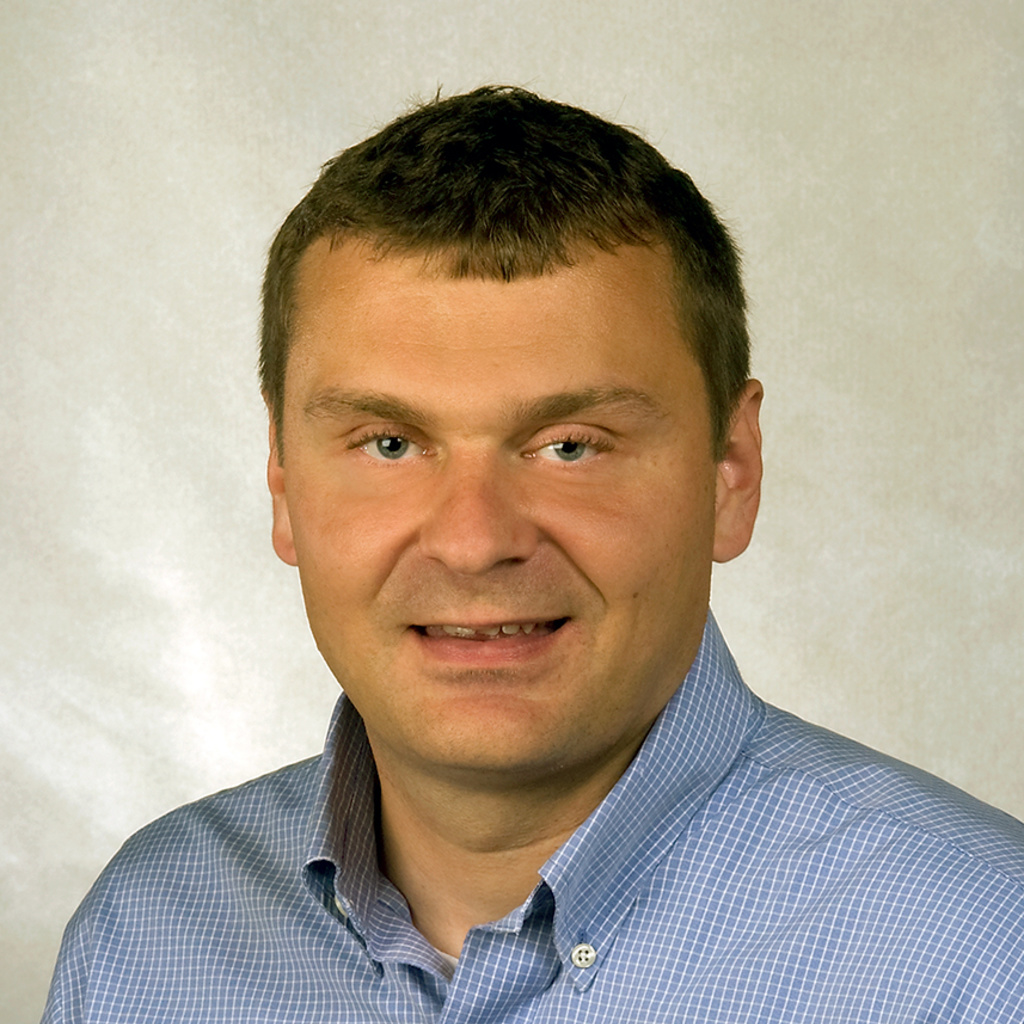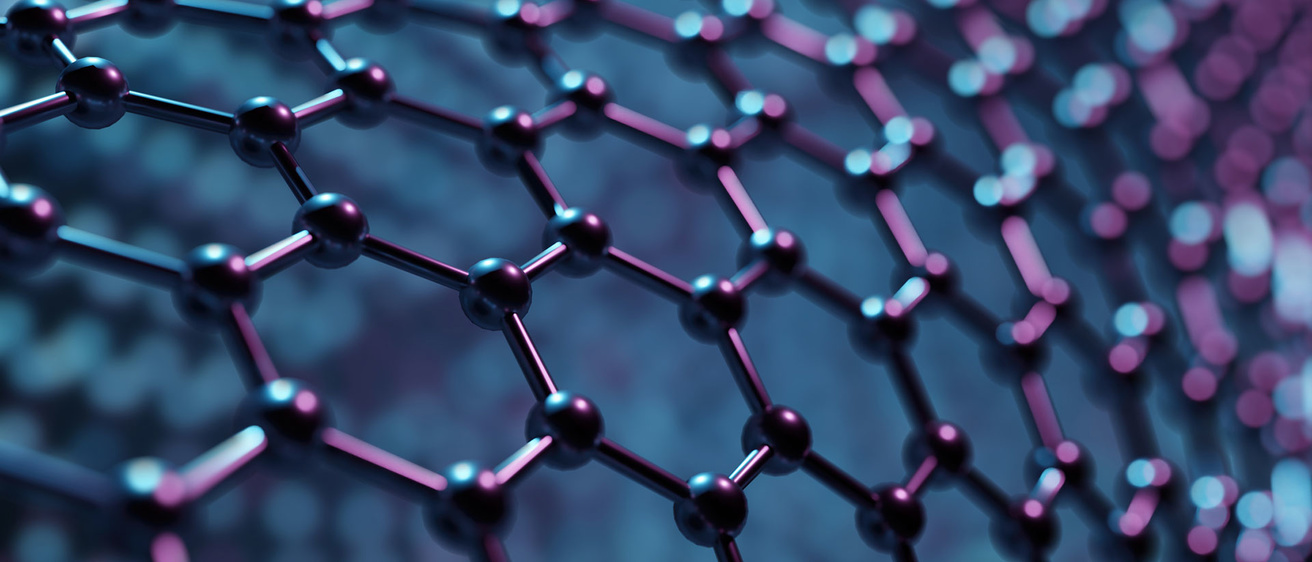Main navigation
Condensed matter physics is concerned with the synthesis, manipulation, and properties (electronic, magnetic, and optical) of liquid, soft, and solid materials. The sub-field is highly interdisciplinary, overlapping with chemistry, materials science, and electrical engineering, and often drives technological advances through fundamental insights. It is the largest sub-field of physics, with one-third of American physicists identifying themselves condensed matter physicists. The large community translates to a great range of materials and structures studied, and much opportunity in the way of funding, research, and employment. Condensed matter physics is a constantly evolving field, often focused on emergent materials and materials phenomena. Some current materials of interest include graphene, 2D materials, colloids, quantum dots and wires, correlated chalcogenides and complex oxides. These allow us to study phenomena spanning across topology, spintronics, superconductors, plasmonics, qubits, magnetic skyrmions, and excitons.
Condensed matter faculty at the University of Iowa investigate a variety of quantum nanostructured media for unique optical and electronic properties. Plasmonics, phononics, metamaterials, and photonic crystals are used for manipulating optical dispersion in three dimensions to control the confinement, propagation, absorption, and emission of light in photonic materials. Semiconductor quantum dots, wells, superlattices, wires, and heterostructures are grown epitaxially, their electronic properties controlled, engineered, and calculated with novel approaches and techniques, and for applications in infrared optoelectronics and quantum information. 2D materials are stacked and twisted and examined for topological phase transitions and anisotropic material dispersion. Nitrogen vacancy centers and organic materials are studied for their spin and quantum coherence properties for applications in quantum computing. Electronic and spin transport is studied in these materials both theoretically and using ultrafast optical techniques. Materials are grown and fabricated in central user facilities such as a Molecular Beam Epitaxy Facility, the MATfab Facility, and individual labs in the interdisciplinary Iowa Advanced Technology Labs.
Advanced graduate courses are offered in quantum computing (PHYS:4905/PHYS:5905), quantum optics and nanophotonics (PHYS:6723), semiconductors (PHYS:7720), condensed matter (PHYS:7722), and micro/nano materials science and technology (PHYS:6725). We also offer introductory courses on solid state physics, and optics for those needing a primer. A solid state seminar is held bimonthly during the academic year.
News

UI team designs microscope to study interaction of light and matter in electronic devices
Uppu Awarded NSF CAREER Grant
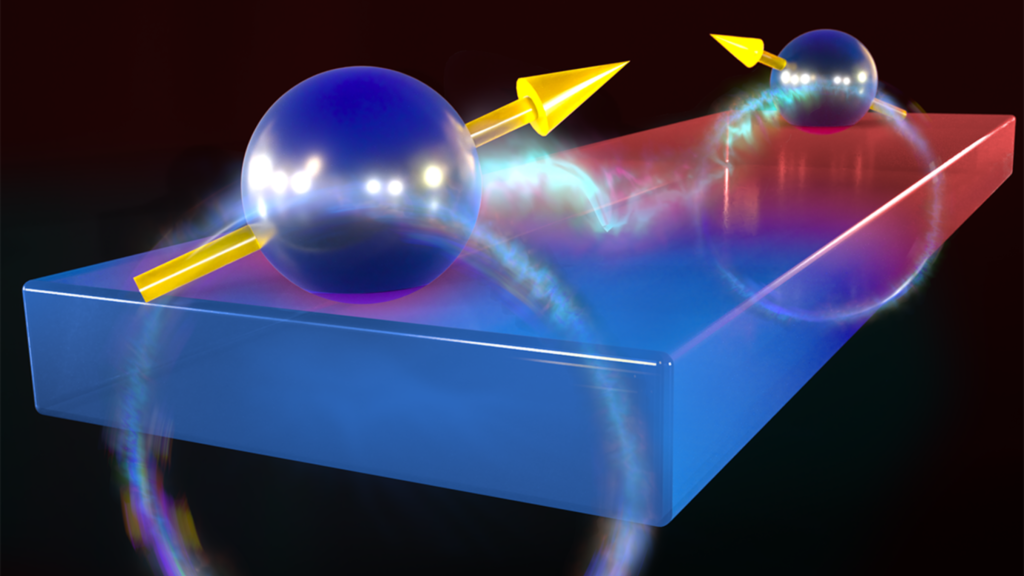
In novel quantum computer design, qubits use magnets to selectively communicate
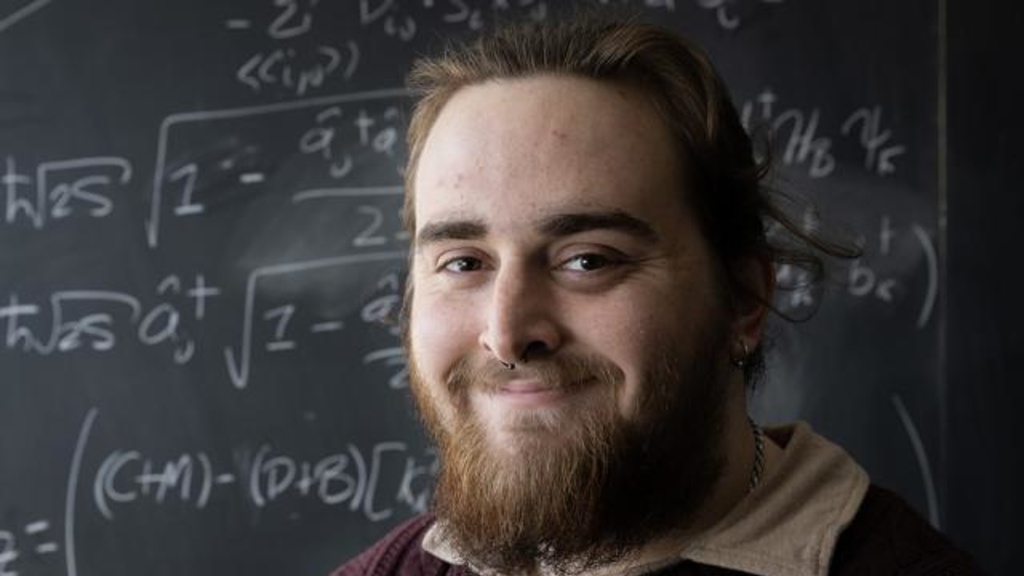
Leiberton Recognized For Presentation at APS Prairie Section Meeting
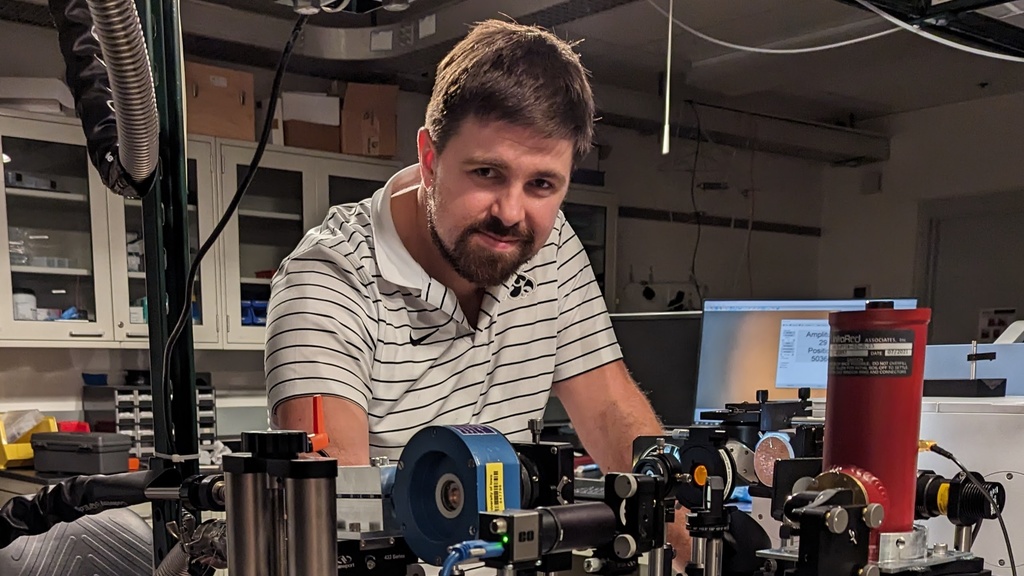
Folland Received Five Grants in 2023
Condensed Matter and Materials Physics faculty
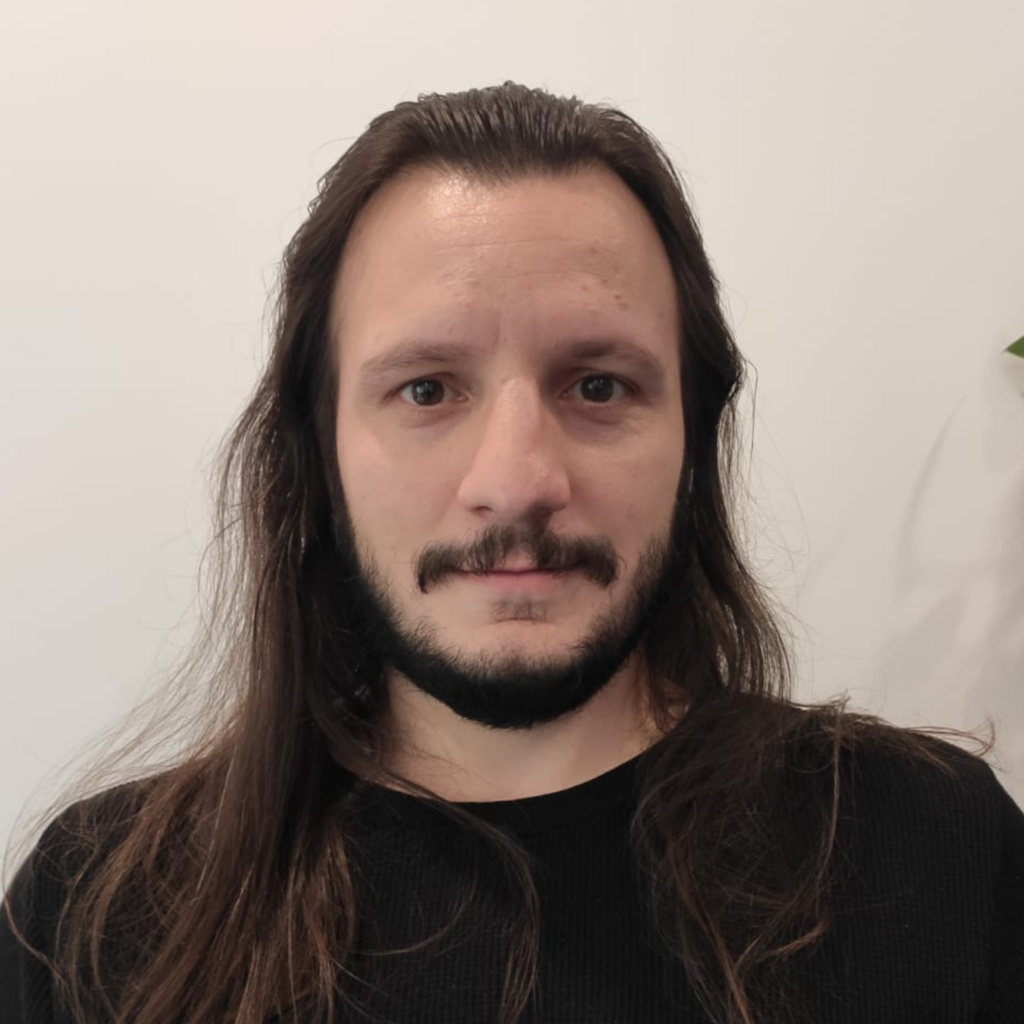
Denis R. Candido, PhD

Michael E. Flatté, PhD

Thomas Folland, PhD

John A. Goree, PhD
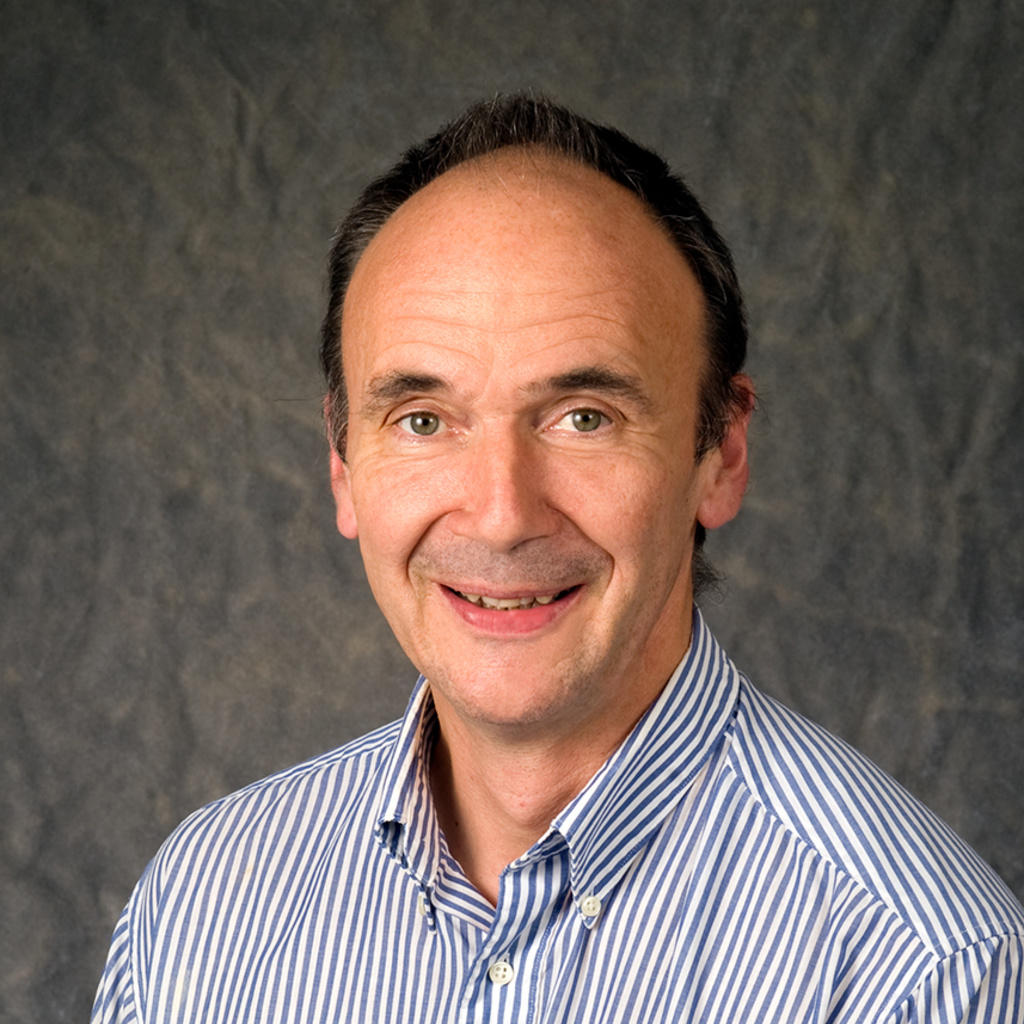
Yannick Meurice, PhD

John P. Prineas, PhD
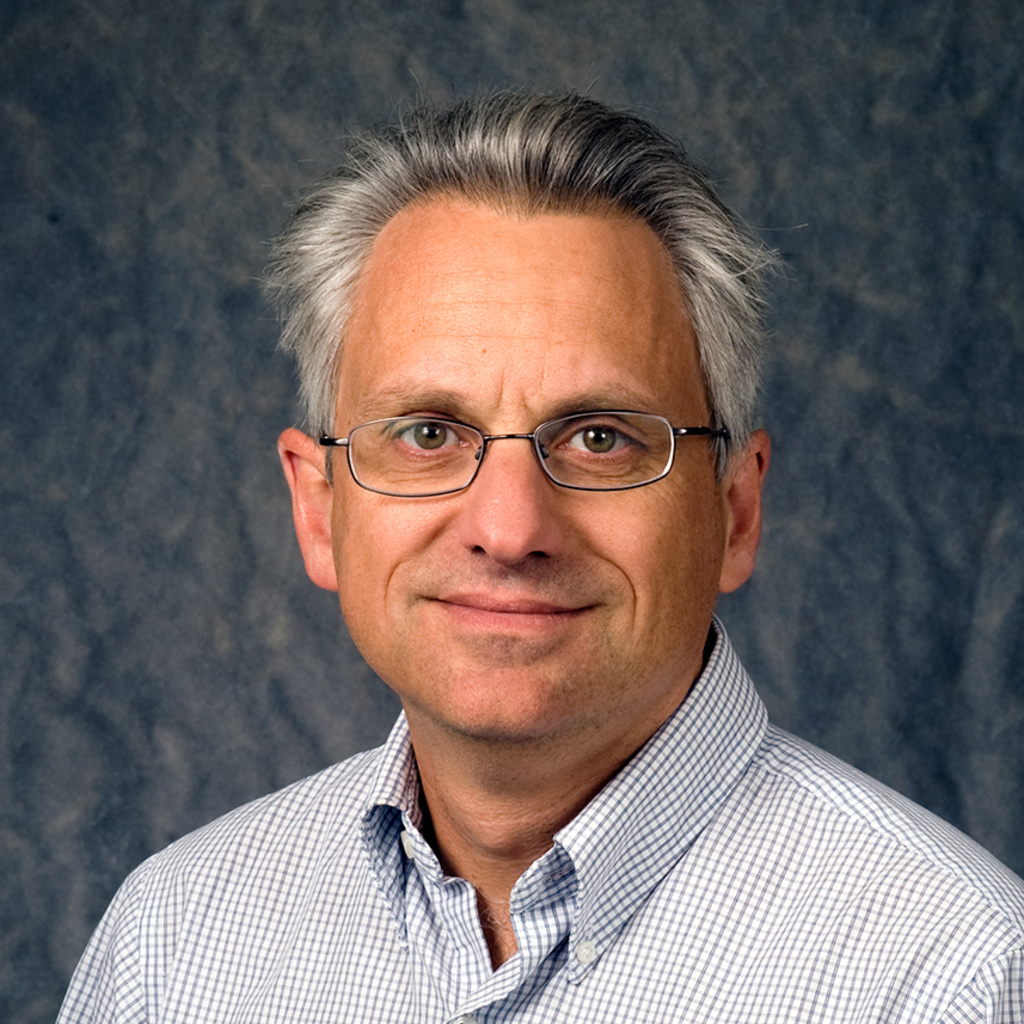
Craig E. Pryor, PhD

Ravitej Uppu, PhD
